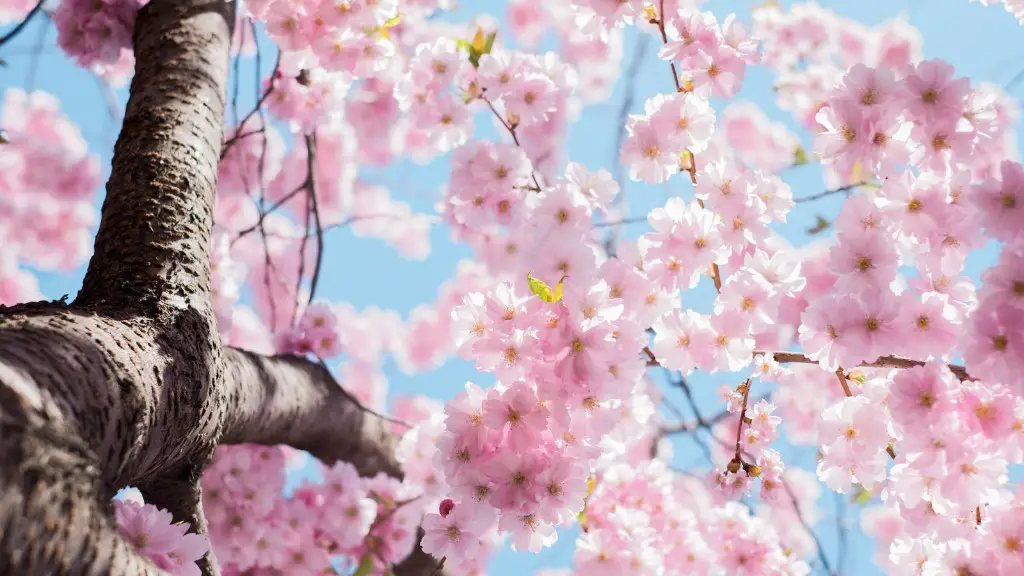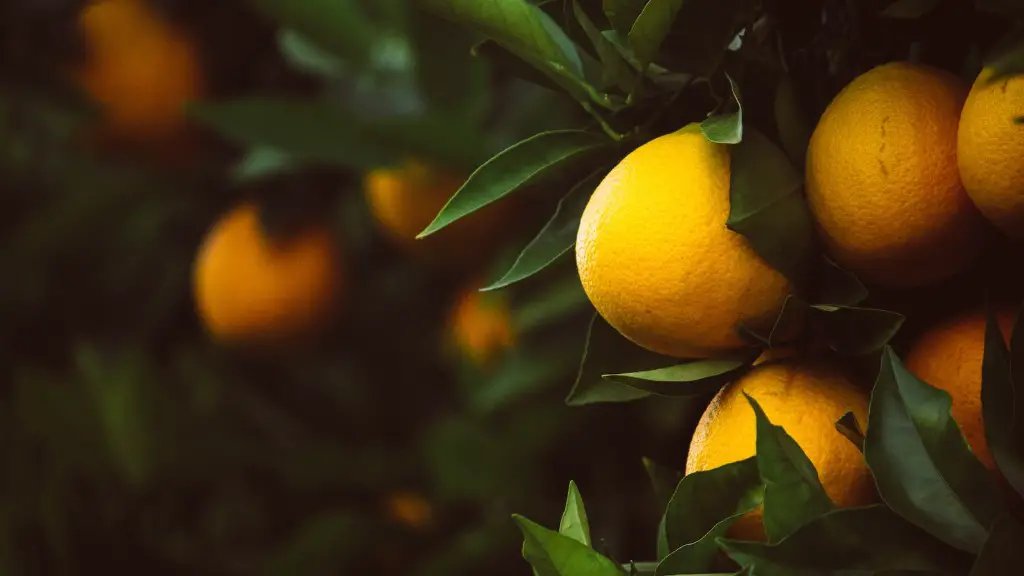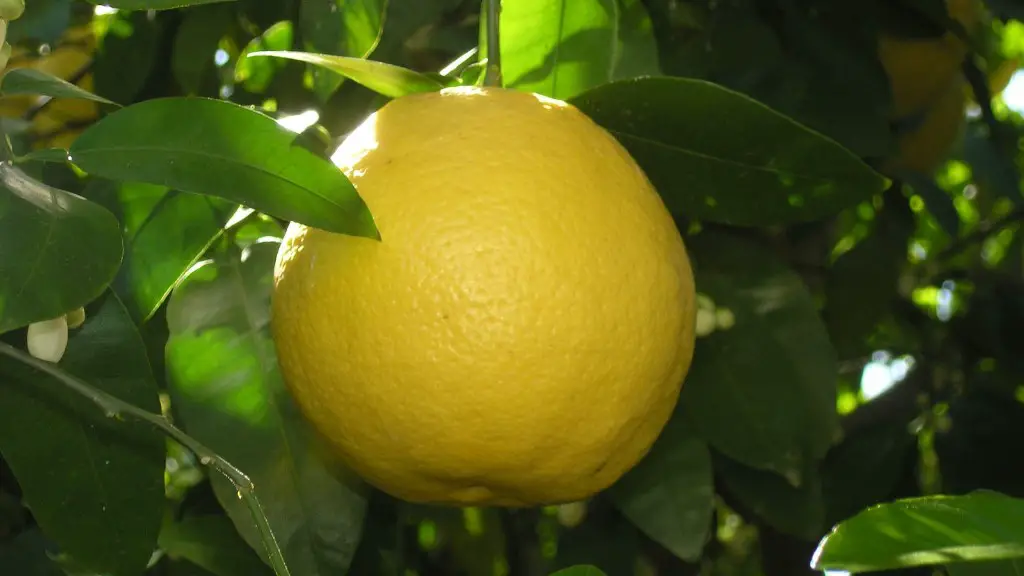Growing and caring for a weeping cherry tree can be a rewarding experience. With its delicate branches, beautiful flowers and stately presence, it is easy to see why this tree is so popular. However, many gardeners who plant weeping cherry trees find that their tree does not bloom, leaving them frustrated and confused. There are several potential explanations for why a weeping cherry tree may not bloom, understanding these potential causes can help gardeners get their tree blooming again.
Climate
One common reason why a weeping cherry tree does not bloom is because of the climate in which it was planted. These trees will only produce flowers if temperatures remain above freezing for at least 8-10 weeks prior to and after their bloom date. If temperatures dip too low during this time, the flowers can be killed and the tree may not bloom that season. Understanding the local climate and finding a cherry tree variety best suited to the local climate can be key to getting your tree blooming.
Location
Another potential cause of a weeping cherry not blooming can be the location it was planted. Ideally, a weeping cherry should be planted in an area that receives at least 6 hours of direct sunlight per day. If the tree is planted in a spot with too much shade, it may struggle to produce flowers. If the tree being planted was grown in a sheltered and sunny location, then it may be challenging for the tree to adjust to the conditions of the new location.
Nutrient Deficiencies
Nutrient deficiencies can also be a possible explanation for why a weeping cherry tree is not blooming. While we may think of plants as easily able to draw what they need from the soil, in reality, many soil conditions can lead to nutrient deficiencies. Iron, nitrogen, potassium and magnesium are all essential nutrients for trees and can be taken up through the soil. If any of these nutrients are lacking, it can lead to stressed, weak trees that are unable to produce blooms.
Improper Pruning
Weeping cherry trees should be pruned in late winter or early spring to help promote blooms and keep the tree in formation. If a tree is pruned at an incorrect time, it can disrupt its natural blooming process and lead to a lack of blooming. Care should be taken to never over-prune the weeping cherry tree, as this can lead to damage and negatively impact flowering.
Pests
Pest infestation can also cause a weeping cherry tree to fail to bloom. Insects like aphids, scale and mites can all target weeping cherry trees and cause damage. Additionally, birds may also feed on the buds of a cherry tree, leading to fewer blooms. Keeping an eye out for pests and acting quickly to remove them can help keep a tree healthy and ensure it blooms.
Diseases
Diseases can also lead to a weeping cherry tree not blooming. Cankers, root rot and powdery mildew are all potential afflictions that can damage a tree’s health and prevent it from blooming. It is important to keep an eye out for any signs of disease and take steps to control and manage it before it does serious damage to the tree.
Planting Tips for a Blooming Weeping Cherry Tree
When planting a new weeping cherry tree, it is important to keep in mind a few factors to help the tree produce blooms. First, it is important to select a variety that is well suited for the local climate. Additionally, finding an area with 6-8 hours of direct sunlight is important for a successful bloom. The soil should be amended with organic material like compost or peat moss before planting, and the soil should be kept moist but not wet to help encourage healthy growth. Finally, the tree should be pruned in late winter or early spring and monitored for potential pests. Taking all these steps can help ensure a blooming, healthy weeping cherry tree.
Understanding Cherry Variety and Bloom Success
Different varieties of weeping cherry trees will bloom and bloom at different times. Early varieties such as the Yoshino cherry often bloom before the leaves open up, while late-blooming varieties will wait until the leaves open before blossoming. Early bloomers that are not exposed to cold temperatures often enjoy the greatest success. Late bloomers, however, are more resistant to cold temperatures and can succeed even in cooler climates. Knowing what type of cherry tree you have and when it is most likely to bloom can help you manage expectations for the health and success of your tree.
Fertilizer Applications for Blooming Weeping Cherry Trees
Weeping cherry trees may benefit from additional fertilizer in the spring and summer. Most of the essential nutrients needed for healthy blooming can come from the soil, but a boost in the form of fertilizer can enhance growth and blooming. If your soil is lacking in essential nutrients, adding a balanced fertilizer can provide the extra boost your tree needs to producing blooms. Fertilizer should not be applied in the winter months, as this can disturb the natural cycle of the tree and can lead to brittle, damaged branches.
Regular Watering and Mulching Practices
It is important to keep weeping cherry trees well watered during the spring and growing season. The roots of the tree should remain moist, but be careful not to overwater and drown the roots. Additionally, adding mulch around the tree can help moderate soil temperatures and conserve water. Mulch also helps the soil retain essential nutrients, allowing the tree access to what it needs for a healthy bloom.
Observing and Recording Your Tree’s Growth
The best way to learn about a weeping cherry tree and get it blooming is to observe and record its growth. Taking notes on what the tree needs and what works best can help ensure that needed changes are made over time to get the most blooms. Additionally, observing when flowers start to appear can help prevent cold temperatures from killing the blooms and ensure that you get the most out of your tree.



